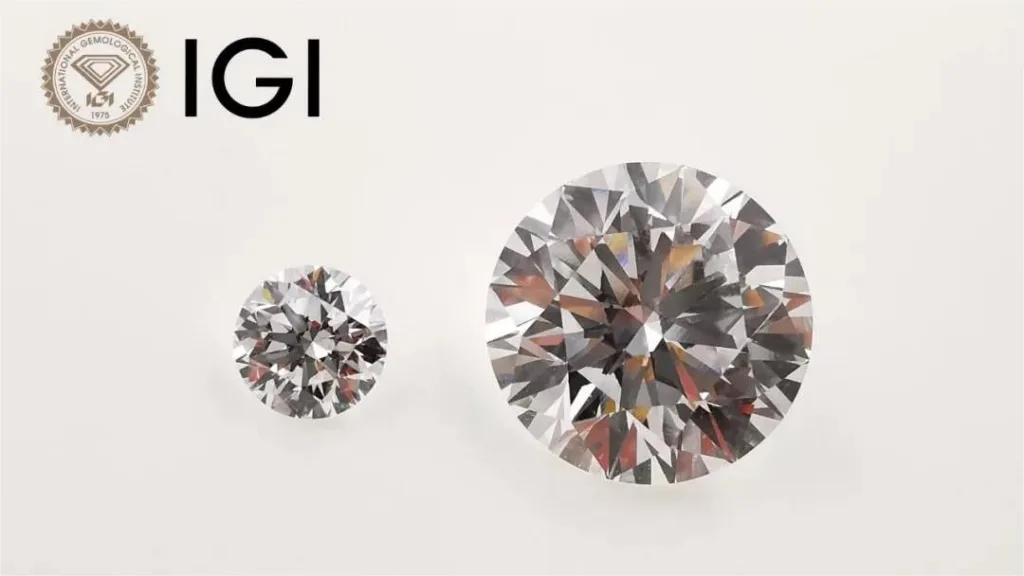It can be extremely challenging for a normal person to distinguish between a lab-grown diamond (also known as a synthetic or man-made diamond) and a natural diamond without specialized equipment or expertise. Several factors contribute to this difficulty:
Physical and chemical similarity: Lab-grown diamonds have the same chemical composition (carbon atoms arranged in a crystal lattice) and physical properties (hardness, refractive index, and dispersion) as natural diamonds. This makes them virtually indistinguishable to the naked eye.
Advanced technology: Modern diamond-growing techniques, such as chemical vapor deposition (CVD) and high-pressure, high-temperature (HPHT) methods, produce diamonds with fewer impurities and defects. As a result, the visual and physical characteristics of lab-grown diamonds closely mimic those of natural diamonds.
Gemological grading: Lab-grown diamonds are often submitted to gemological laboratories for grading, just like natural diamonds. These labs use sophisticated equipment to assess a diamond’s characteristics, and they may issue reports that do not explicitly mention the diamond’s origin. This can add to the challenge of differentiation.
Treatment methods: Both natural and lab-grown diamonds can undergo treatments to enhance their color or clarity. This further blurs the line between the two, as treatments can affect the appearance of a diamond.
Inclusions: While inclusions (internal flaws) can sometimes be used as an indicator of a diamond’s natural origin, lab-grown diamonds can also contain inclusions that are similar to those found in natural diamonds. Therefore, relying solely on inclusions is not a foolproof method for differentiation.
Expertise required: Accurately identifying the origin of a diamond typically requires highly specialized equipment and trained gemologists. Even experts sometimes need advanced testing techniques, such as spectroscopy or advanced imaging, to distinguish between natural and lab-grown diamonds definitively.
Deceptive practices: Some unscrupulous sellers may intentionally misrepresent lab-grown diamonds as natural ones. They may use traditional jewelry settings and offer limited information about the diamond’s origin, making it even more challenging for consumers to identify them.
In summary, the visual and physical similarities between lab-grown and natural diamonds, combined with the advanced technology used in their creation, make it nearly impossible for an average person to differentiate between the two without the help of specialized equipment or expert gemological knowledge. If you’re in doubt about a diamond’s origin, it’s advisable to seek the guidance of a certified gemologist or rely on the documentation provided by reputable jewelers or laboratories.




